NIL
Surviving the Shift: Mountain West Navigates the NIL Era and Portal Era
Surviving the Shift: Mountain West Navigates the NIL Era and Portal Power Struggle By Roger Holien As college football barrels into a new era dominated by big-money NIL deals, free-flowing transfer activity, and a rapidly widening gap between Power Five (P5) programs and the rest, the Mountain West Conference (MWC) finds itself at a crossroads. […]
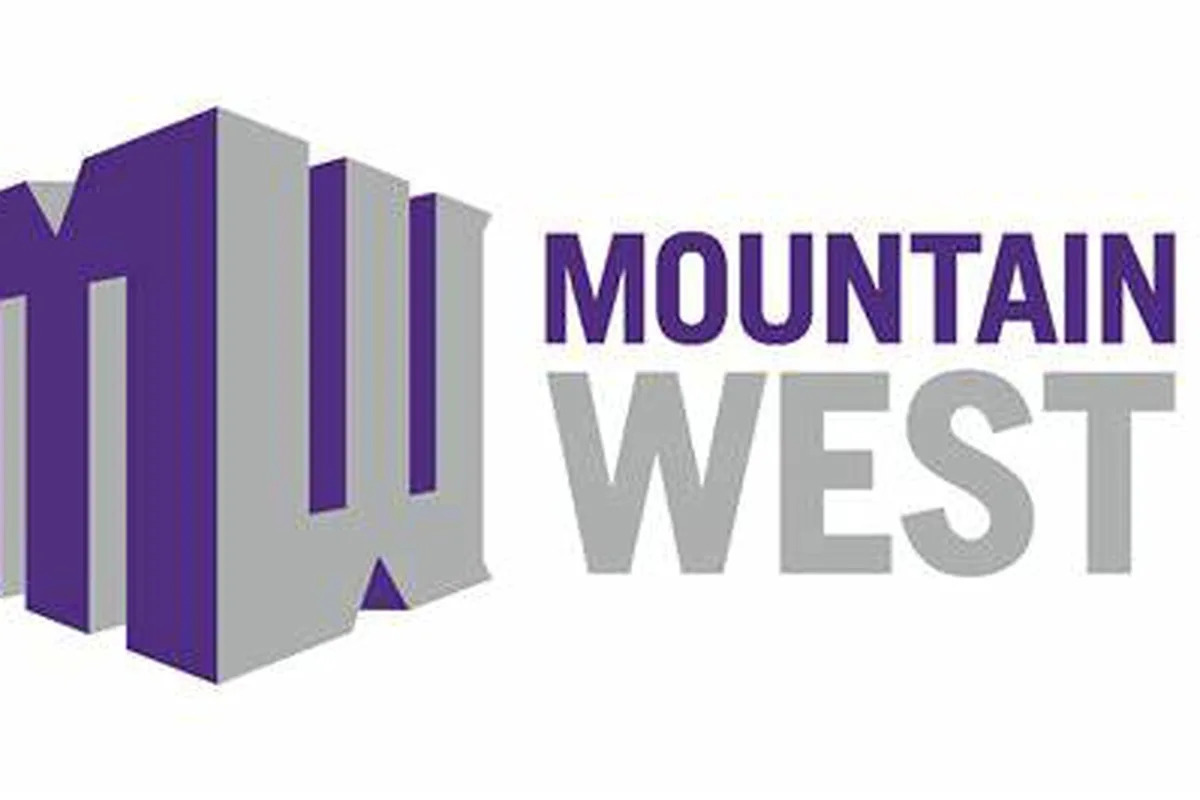
Surviving the Shift: Mountain West Navigates the NIL Era and Portal Power Struggle
By Roger Holien
As college football barrels into a new era dominated by big-money NIL deals, free-flowing transfer activity, and a rapidly widening gap between Power Five (P5) programs and the rest, the Mountain West Conference (MWC) finds itself at a crossroads.
Advertisement
Once seen as a feisty mid-major with dark horse potential, the MWC now faces a stark reality: adapting to the unfamiliar landscape—or risk becoming irrelevant.
The New Playing Field
In the wake of the NCAA’s policy shift in 2021 allowing student-athletes to profit from their name, image, and likeness, P5 programs have surged ahead, capitalizing on deep-pocketed donors, organized collectives, and brand-name exposure to lure top talent.
The transfer portal, once a backdoor to second chances, has become a revolving door, with teams losing and gaining new players each year.
The reality is no team will look the same each year, so as a fan, you had better enjoy the moment because the following year will be a completely different team in most cases.
Advertisement
It’s the reality of this day and age of NCAA college sports and for the average fan, they disdain it for the most part.
For Mountain West schools, that means building a program only to watch its best players leave for bigger stages.
“Recruit. Develop. Lose. Repeat,” lamented one MWC assistant coach anonymously. “We’re basically a farm system for the SEC and Big Ten.”
The Talent Drain
Take San Diego State, for example. The Aztecs have long been a model for consistent development, particularly on defense and special teams.
But in recent seasons, they’ve watched standout players leave for bigger NIL opportunities elsewhere.
Advertisement
Boise State, Fresno State, and Utah State have experienced similar heartbreaks—players who dominate on Saturdays in the MWC and then suit up the next year in a Power Five uniform.
The issue isn’t just losing talent. It’s the lack of leverage to keep it. While P5 schools are signing players to six-figure NIL deals, many Mountain West programs are still struggling to organize collectives or legally structure meaningful incentives for athletes.
Juggling Loyalty and Loss: MWC Coaches Face New Reality
For coaches in the Mountain West Conference, the job has never been harder—or more complicated.
The game plan used to be straightforward: recruit, develop, win. Now, it’s recruit, develop… and hope your best players don’t leave.
Advertisement
With NIL money and the transfer portal reshaping the college football landscape, Mountain West coaches are juggling roster instability, shifting loyalties, and constant re-recruiting of their own players.
“We’re not just coaching football anymore,” said one MWC head coach. “We’re managing careers, branding strategies, and weekly transfer rumors.”
Boise State has seen talented underclassmen bolt for SEC and Big Ten schools after breakout seasons.
At San Diego State, defensive standouts are now fielding NIL offers from national powerhouses before bowl season ends.
The new reality? Coaching in the Mountain West means being part strategist, part salesman, and part counselor. And every day, the clock resets.
Advertisement
Creative Solutions and Culture Play
That’s not to say the MWC is giving up by any means, the bigger the challenge, the bigger the reward, as they say in winner circles.
Some programs are leaning hard into culture, player development, and creative NIL strategies.
Boise State has launched its “HorsePower Collective,” aiming to pool community and alumni resources to fund athlete NIL opportunities.
San Jose State is emphasizing tech-industry partnerships in Silicon Valley to sweeten its NIL pitch.
“We can’t outspend USC or Texas,” said former head coach New Mexico coach Bronco Mendenhall in a recent interview, “but we can create a culture players want to be part of—and use NIL as a life-building tool, not just a paycheck.”
Advertisement
The reality is NCAA College coaches are learning to “Adapt or Die on the Vine” in dealing with young men being promised sizeable sums of money for high-value athletes and balancing old school language of being committed to a program.
In this writer’s opinion, the teams that will adapt the most are those who have a focused plan, resources that they can leverage and a huge component will be community involvement, the ones with a rapid fan base.
Conference Realignment Looms
Realignment continues to destabilize Group of Five (G5) leagues like the Mountain West. With the Pac-12’s collapse and the Big 12’s rapid expansion, MWC teams like San Diego State and Colorado State have flirted with upward mobility, hoping for a seat at the bigger table. Yet no official invitation has come.
Advertisement
In 2023, the MWC entered into a “football-only scheduling alliance” with Oregon State and Washington State—what some see as the first step toward a new hybrid league that could bring in TV revenue and visibility. But long-term stability remains elusive.
What the Future Holds
Looking forward, Mountain West schools are focusing on three key strategies:
1. Institutional NIL Investment: Organizing alumni collectives and securing regional sponsorships to make NIL sustainable and competitive.
2. Retention Through Relationships: Building strong player-coach bonds to minimize portal losses.
3. Media Visibility: Seeking better TV deals, streaming opportunities, and partnerships to increase exposure—essential for both recruiting and funding.
Advertisement
Ultimately, the Mountain West’s future will depend on its ability to embrace innovation, leverage local advantages, and retain identity amid the national arms race.
“We may not win the bidding wars,” said Boise State AD Jeramiah Dickey, “but we can win hearts, minds, and games—if we’re smart about it.”
Whether that optimism holds up in a world increasingly ruled by dollars and deals remains to be seen.
But one thing’s certain: the Mountain West isn’t backing down this is going to be interesting to say the least to see how all the Mountain West Conference teams fair in the next five to ten years.
More from mwcconnection.com:
NIL
Why involving the Federal Government is not how NIL should be fixed in college sports
Yes, we need resolution in some areas when it comes to NIL, and yes there needs to be a system in place that is universal for all colleges when it comes to this system. However, getting the federal government involved in fixing the NIL issue seems like a very bad idea. Congress can’t agree on […]
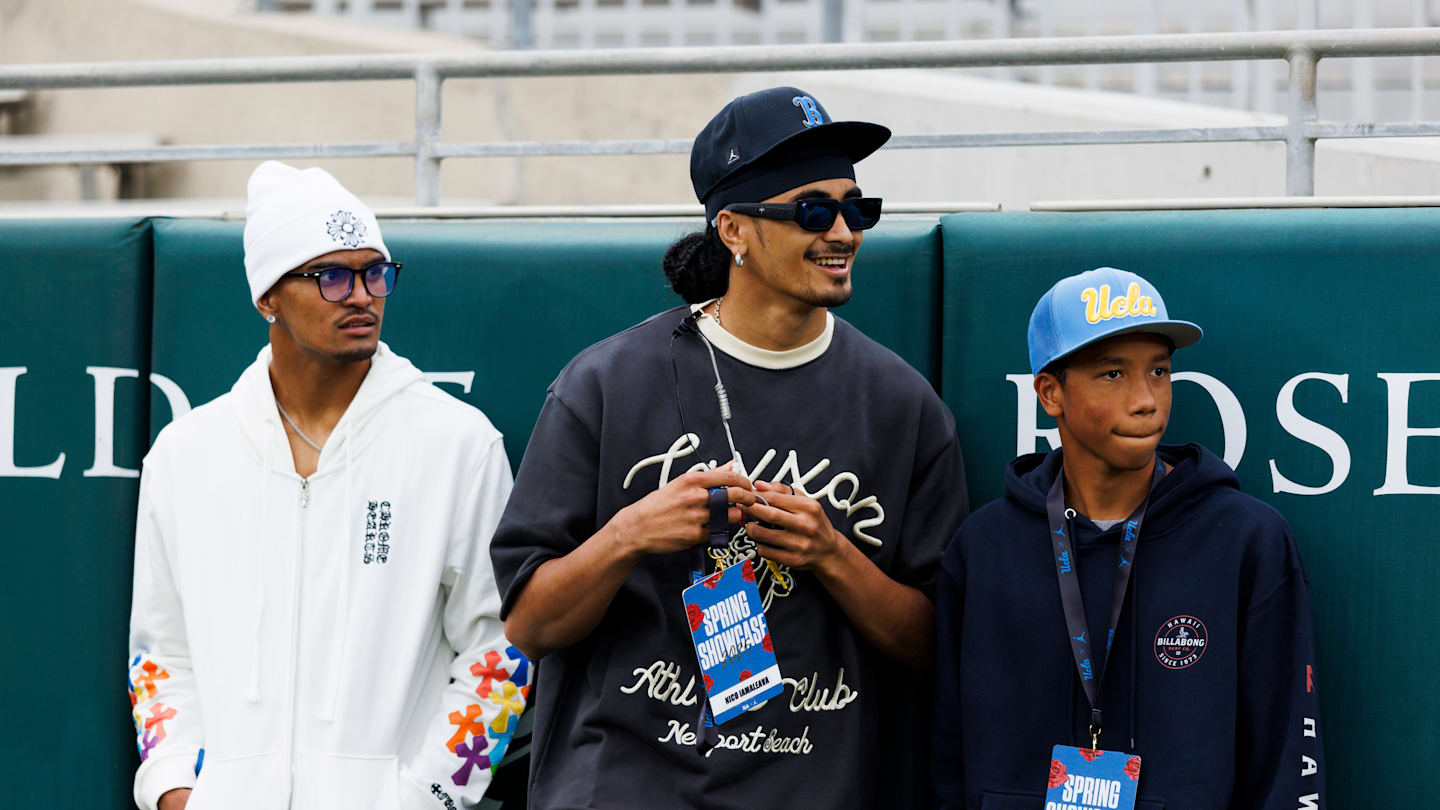
Yes, we need resolution in some areas when it comes to NIL, and yes there needs to be a system in place that is universal for all colleges when it comes to this system.
However, getting the federal government involved in fixing the NIL issue seems like a very bad idea. Congress can’t agree on resolution on issues that have far more reaching effect on the American people. I can only imagine how long it would take for any changes to be greed on when it comes to NIL. Donald Trump may have been right about Nick Saban leading a commission to find real resolutions, but getting congress involved in this just isn’t a good look.
There are enough smart people between conference commissioners, athletic directors, school officials, and maybe even former players who can be put on a committee to figure out a system that works well for all involved.
Right now yes, the players have all the power when it comes to NIL and the transfer portal. There are plenty of people who are tired of players leaving schools in the portal for bigger pay days at other schools. We of course saw it play out right in front of us with the Nico Iamaleava situation.
At times there seems to be more of a pay for play rather than players being paid for what NIL is meant to be for. Players being paid has always been part of college sports, but the outrage of it comes more from it being known now and the advantage some universities with paying under the table isn’t there anymore.
When this committee is formed I do think it needs to be diverse with all sides being represented as a push for a committee involving the government seems to be more to benefit the schools more so than the players who have had the upper hand as of late.
There are thoughts that some of these atheletes are getting far more than what they should be, but I feel like people with money trying to limit possible income for these players isn’t a good look either. It’s a slippery slope on all sides, but the most important is what agreement is put ito place is something that will last for awhile and be uniform for everyone from the Power Four conferences on down.
The processes that need to be put in place when it comes to NIL may take awhile as the issues that need to be solved are complex.
The complexities could have been much less than where they are now if the NCAA hadn’t been so against players getting paid for autographs or memorabilia over the years. Just as the NCAA is an organization that seems more of a joke and doesn’t do anything to fix the issues within sports, the government getting involved does nothing but further muddy the water.
Getting too many outsiders who may not have the right understanding about how sports work etc, isn’t a good thing. Politics get involved even in sports these days, but keeping politics and sports separated especially in this area is crucial. The next couple of months should be very interesting with NIL and the transfer portal.
NIL
Breaking News
Extra Inning Softball Influencers Hear from top-ranked athletes from the Extra Elite 100 as they share their journey as an author of their own story. TRENDING NEWS: The Evolution of Rankings Bonnie Holland, CEO of Extra Inning Softball shares the inside scoop on the controversial topic of rankings & shares improvements to content. Commit Crew […]


NIL
How NIL Could Affect NCAA Men’s Hockey
Seems like all we’ve heard about since the NCAA ruled that athletes could make money is this basketball player has an NIL deal with a shoe brand or that college gymnast has an NIL deal with an athleisure brand. It was a much needed change, albeit one that happened perhaps far later than it should […]
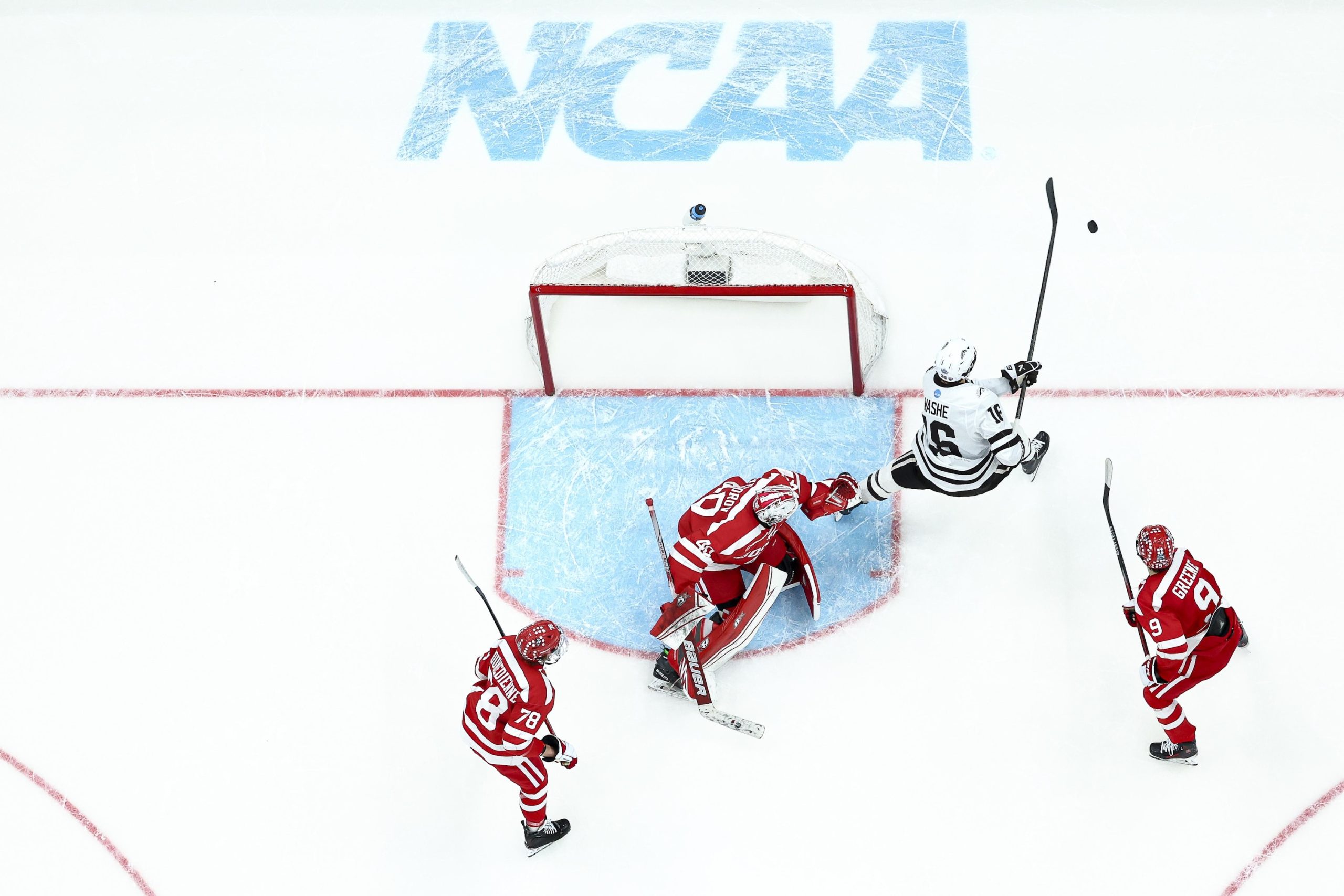
Seems like all we’ve heard about since the NCAA ruled that athletes could make money is this basketball player has an NIL deal with a shoe brand or that college gymnast has an NIL deal with an athleisure brand. It was a much needed change, albeit one that happened perhaps far later than it should have. It provided college athletes a sense of agency in their own careers—an important step. And now it’s in college hockey.
As with any sport, the value of deals vary, as does the importance of them to the team or school, though we’ve started to see the latter grow in importance, as many schools are beginning to aid athletes in securing those deals. Some high end hockey prospects, according to Mike McMahon, are earning deals that cash in at around $100,000—not a surprise.
But not every school has the ability to help facilitate those kinds of deals, and not every athlete has the cachet to get them on their own. Is this going to eventually lead to an uneven playing field?
An interesting note on that subject: Western Michigan University won the 2025 NCAA hockey championships without a single dime of NIL money. Does this point to a future where NIL has more of an individual effect than a team effect? To even try to answer that, we have to go back to the start.
NIL
Georgia Head Coach Shares New Philosophy on NIL After Missing Out on Top Recruit
The nation’s top college football recruit in 2026, Jackson Cantwell, recently announced his college decision, as the highly coveted offensive tackle committed to the Miami Hurricanes over the Georgia Bulldogs in a ceremony at his Missouri high school this past Monday. The two schools had been battling to earn Cantwell’s favor over the past few […]
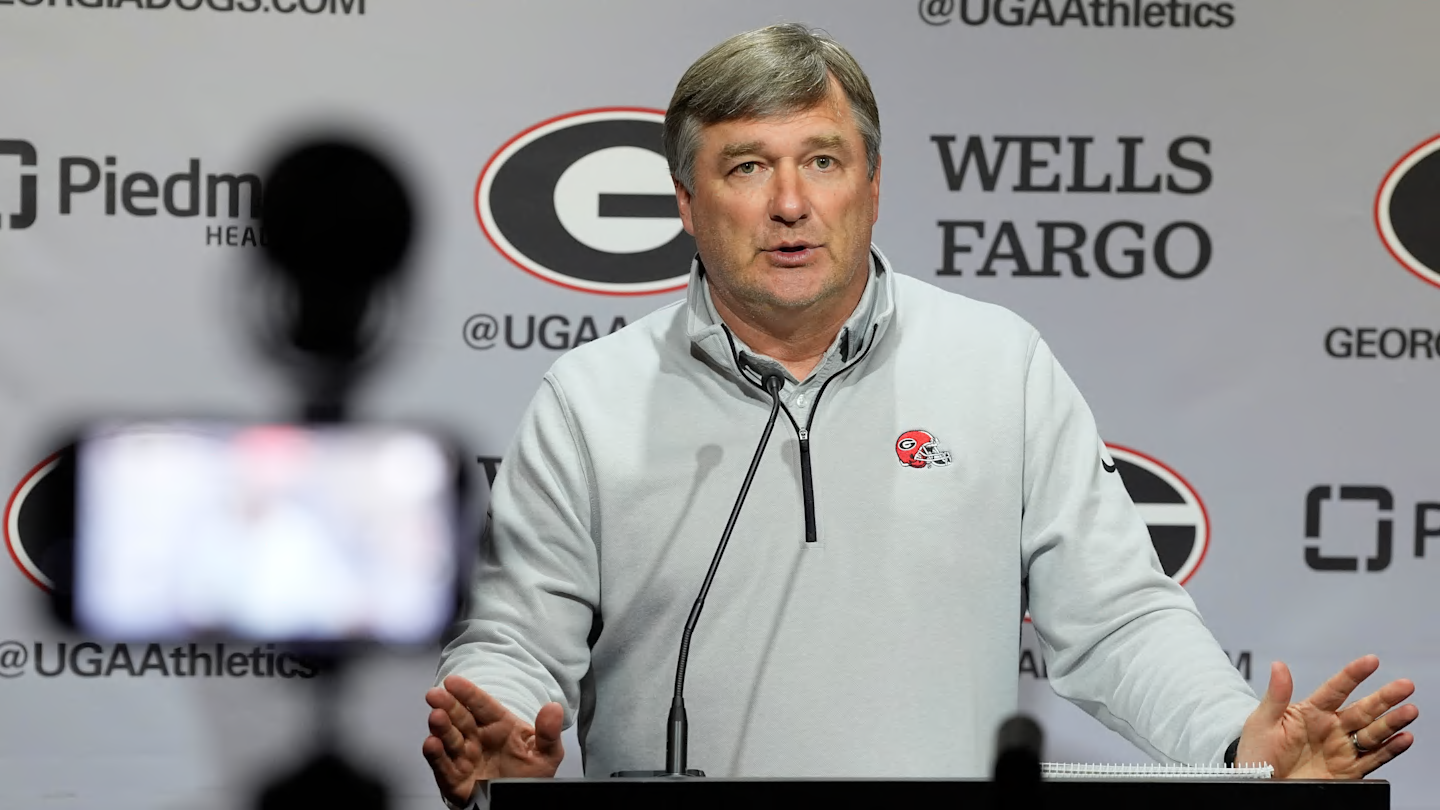
The nation’s top college football recruit in 2026, Jackson Cantwell, recently announced his college decision, as the highly coveted offensive tackle committed to the Miami Hurricanes over the Georgia Bulldogs in a ceremony at his Missouri high school this past Monday.
The two schools had been battling to earn Cantwell’s favor over the past few months, but the Canes ultimately won out at the last minute. One of the deciding factors in Cantwell’s decision was the massive NIL package Miami put on the table, which is slated to be one of the largest ever handed out to a freshman player.
The deal is reportedly worth upwards of $2 million a year starting the moment he steps on campus. This is a lot of money to shell out for a soon-to-be high school senior, but deals like this have become a standard part of big-time recruitments over the last several years.
For the Bulldogs, losing out on a top recruit will always sting. Legendary head coach Kirby Smart, though, has an underlying philosophy when it comes to shelling out big-time NIL money to high school recruits.
Per Dawgnation’s Conor Riley, Smart touched on this philosophy during a recent interview with SEC Network’s Paul Finebaum. He also raised his concerns about what he views as the troubling direction the sport is heading.
“I just want it to be able to have a freshman come in and not make more than a senior,” Smart said. “And I’d like for other sports to be able to still survive. We’re on the brink of probably one to two years away from a lot of schools cutting sports. What’s the pushback going to be then when you start cutting non-revenue sports? I don’t want that to happen.”
It’s obvious that Smart is referencing the recent Cantwell decision here, but his underlying concerns go back much farther. At this point, the two-time national champion has been voicing his concern over the current state of NIL for a couple of years.
Until some significant changes are implemented, though, recruitments like Cantwell’s will continue to be a regular part of doing business for programs around the nation. Smart and every other coach in America will have to decide how they want to navigate these decisions and what they are willing to spend on top talent.
NIL
Atencio: Why high school NIL in Wyoming is a cause for celebration, not disdain | High School
State AlabamaAlaskaArizonaArkansasCaliforniaColoradoConnecticutDelawareFloridaGeorgiaHawaiiIdahoIllinoisIndianaIowaKansasKentuckyLouisianaMaineMarylandMassachusettsMichiganMinnesotaMississippiMissouriMontanaNebraskaNevadaNew HampshireNew JerseyNew MexicoNew YorkNorth CarolinaNorth DakotaOhioOklahomaOregonPennsylvaniaRhode IslandSouth CarolinaSouth DakotaTennesseeTexasUtahVermontVirginiaWashingtonWashington D.C.West VirginiaWisconsinWyomingPuerto RicoUS Virgin IslandsArmed Forces AmericasArmed Forces PacificArmed Forces EuropeNorthern Mariana IslandsMarshall IslandsAmerican SamoaFederated States of MicronesiaGuamPalauAlberta, CanadaBritish Columbia, CanadaManitoba, CanadaNew Brunswick, CanadaNewfoundland, CanadaNova Scotia, CanadaNorthwest Territories, CanadaNunavut, CanadaOntario, CanadaPrince Edward Island, CanadaQuebec, CanadaSaskatchewan, CanadaYukon Territory, Canada Zip Code Country United States of […]
NIL
Prominent College Football Head Coach Predicts Sky-High NIL Spending in 2025
NIL expenditures have skyrocketed over the past few seasons in college football, with the nation’s top programs all struggling to keep up with one another. As spending has grown, so has the debate surrounding the current state of NIL in sports. Even the President of the United States has gotten involved in the discourse. There […]
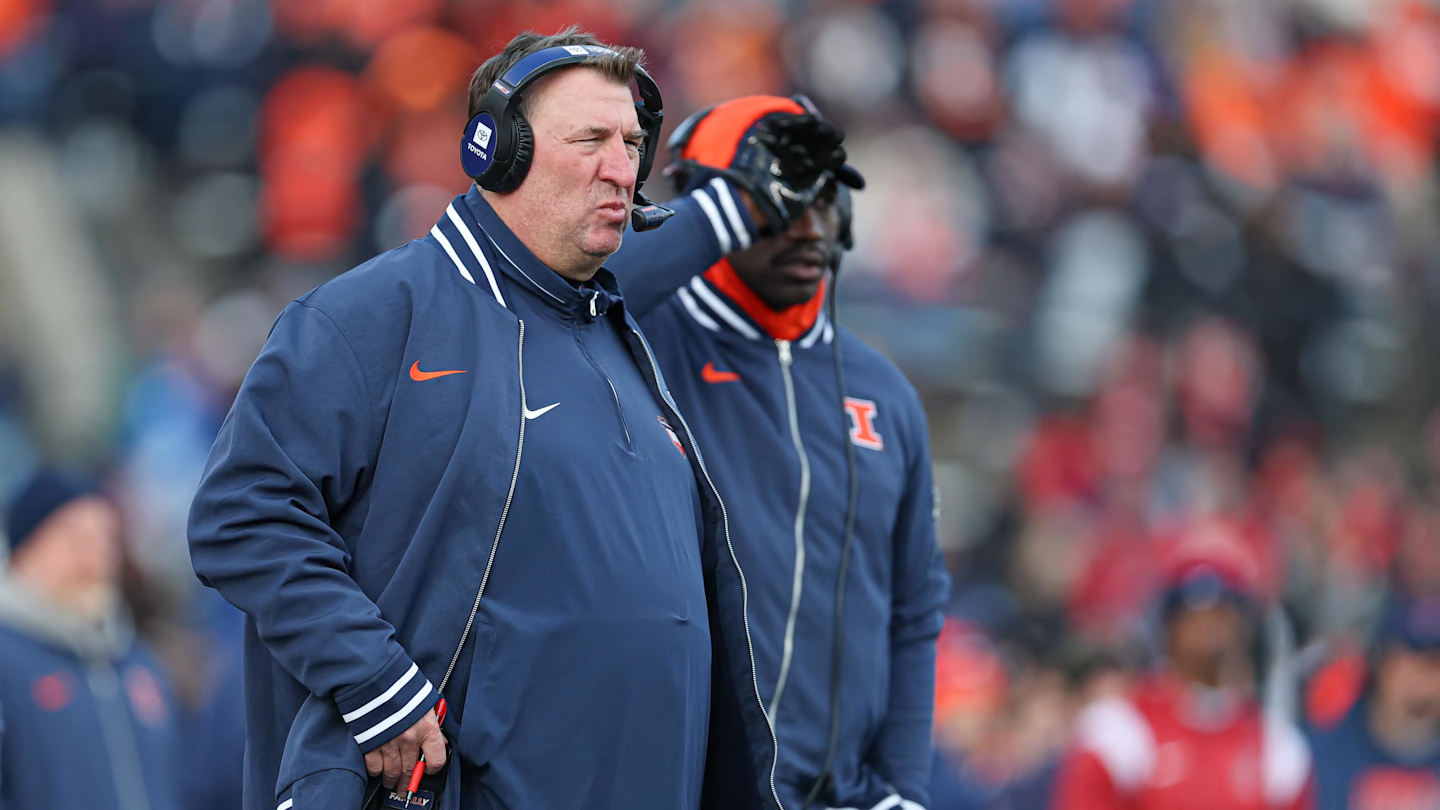
NIL expenditures have skyrocketed over the past few seasons in college football, with the nation’s top programs all struggling to keep up with one another.
As spending has grown, so has the debate surrounding the current state of NIL in sports.
Even the President of the United States has gotten involved in the discourse.
There are various opinions circulating about what needs to be done moving forward. A common theme among them seems to be that while student athletes deserve to get paid, there needs to be some level of structure in the system to preserve the long-term viability of college athletics as a whole.
The upcoming House vs. NCAA settlement ruling could offer some guidelines to the NIL landscape. However, until the settlement is approved, spending will only continue to skyrocket, particularly among the upper echelons of college football.
Recently-extended Illinois Fighting Illini head coach Bret Bielema has a pretty good idea of what the nation’s top teams are shelling out, and he recently touched on the topic in an interview.
According to 247Sports’ Carter Spahn, Bielema made a pretty astonishing prediction.
“You’re going to see teams this year in college football — just because I know the landscape that I’m dealing with — that are probably in the neighborhood of 30-35,” Bielema said. “Maybe even some of them close to $40 million rosters, which is insanity at its best, but it’s also awesome for our kids.”
Bielema has long supported NIL but acknowledges that not every team has the same resources. After all, the Fighting Illini are far from a football powerhouse, so while teams like Ohio State may be able to afford to spend $40 million, Bielema doesn’t have that luxury.
“Last year, we finished fifth in our 18-team conference,” Bielema said. “We had about a $5 million pool that we were working off of, but the four teams ahead of us, I think, were north of $20 million. You can pull that off once in a while, but to pull that off year in and year out is just not in the deck of cards that we’re dealt.”
College football, in many ways, has always been a story of the “haves” and the “have-nots.”
Elite programs have always had an easier time hoarding top talent, but NIL has seemingly grown this disparity far more than ever.
$40 million in NIL may seem absurd now, but without some change in the near future, that figure could end up looking like small potatoes five years down the line.
-

 College Sports3 weeks ago
College Sports3 weeks agoDuke basketball's Isaiah Evans on 2025 NBA Draft early entry list
-

 Fashion2 weeks ago
Fashion2 weeks agoHow to watch Avalanche vs. Stars Game 7 FREE stream today
-

 High School Sports1 week ago
High School Sports1 week agoWeb exclusive
-

 Sports1 week ago
Sports1 week agoPrinceton University
-

 Sports1 week ago
Sports1 week ago2025 NCAA softball bracket: Women’s College World Series scores, schedule
-

 Motorsports1 week ago
Motorsports1 week agoBowman Gray is the site of NASCAR’S “Advance Auto Parts Night at the Races” this Saturday
-

 NIL1 week ago
NIL1 week ago2025 Big Ten Softball Tournament Bracket: Updated matchups, scores, schedule
-

 Motorsports2 weeks ago
Motorsports2 weeks agoMOTORSPORTS: Three local track set to open this week | Sports
-

 NIL1 week ago
NIL1 week agoPatty Gasso confirms Sophia Bordi will not finish season with Oklahoma softball
-

 Motorsports1 week ago
Motorsports1 week ago$1.5 Billion Legal Powerhouse Announces Multi-Year NASCAR Deal With Kyle Busch


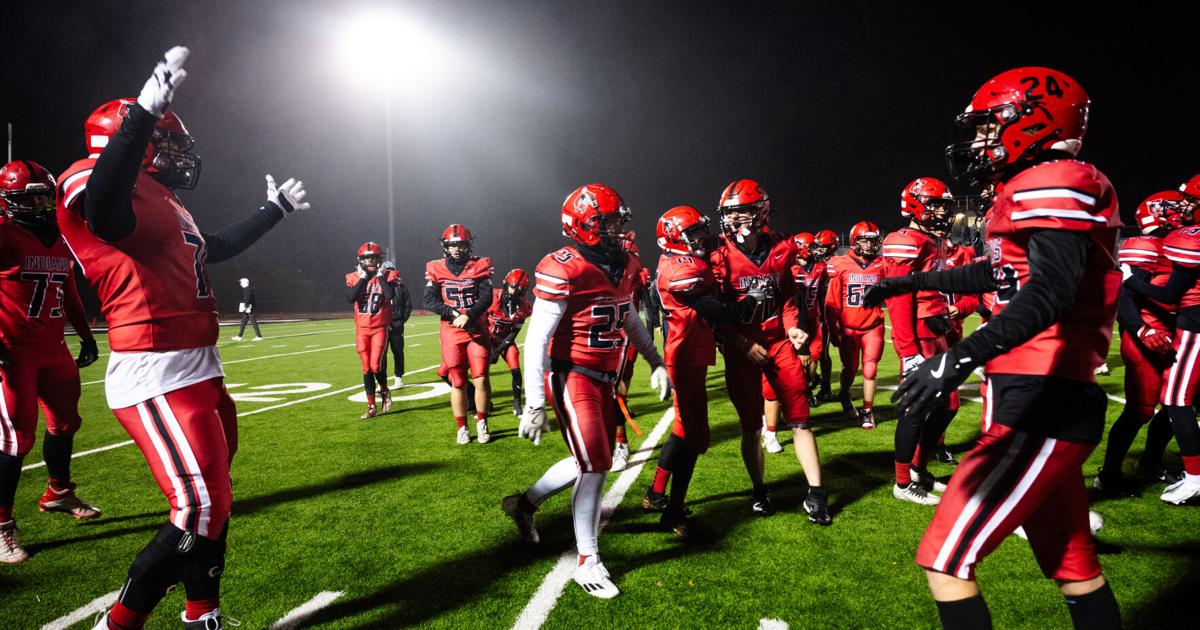









 – Brian Windhorst praises the Warriors’ starting lineup | NBA Today
– Brian Windhorst praises the Warriors’ starting lineup | NBA Today














